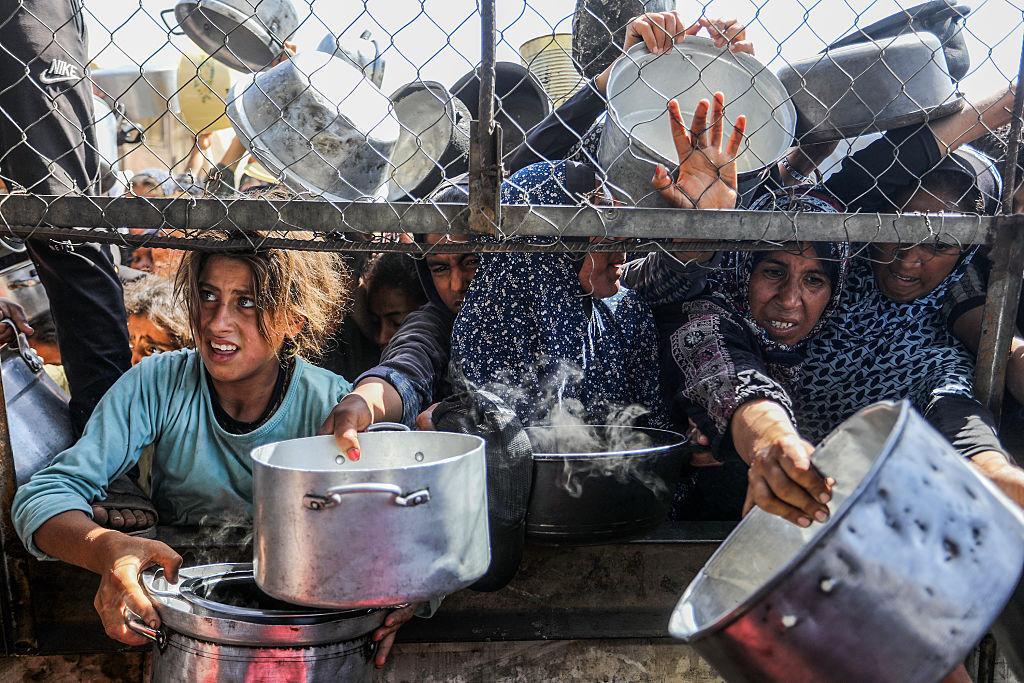
Eid in Gaza: Prayer Amid Ruins, Hunger, and Growing Humanitarian Crisis
As the world celebrated Eid al-Adha, a time of great joy and festivities, Palestinians in Gaza were forced to confront the harsh realities of devastation, hunger, and growing humanitarian crisis. On June 6, 2025, residents of the besieged territory came together for prayers in open spaces, a stark reminder of the destruction of their mosques and the ongoing struggle for survival.
The situation in Gaza is dire. The latest conflict has resulted in the loss of over 54,000 lives, with thousands more injured. The majority of the population, including children, women, and the elderly, have been displaced, leaving them without access to basic necessities like food, water, and shelter. The once-thriving economy has been decimated, and the already limited infrastructure has been severely damaged.
In the midst of this chaos, Eid al-Adha, a significant Islamic holiday, took place. Typically, Eid is a time of great celebration, marked by family gatherings, feasting, and gift-giving. However, for Palestinians in Gaza, the holiday was a somber reminder of the struggles they face daily.
Prayer Amid Ruins
Residents of Gaza gathered in open spaces, including streets, parks, and public squares, to perform their Eid prayers. The majority of mosques in the territory have been damaged or destroyed, leaving Muslims without a place to worship. The lack of mosques has also made it challenging for people to perform their daily prayers, a crucial aspect of their faith.
The Eid prayers were a testament to the resilience and faith of the Palestinian people. Despite the dire circumstances, they came together to worship, seeking solace and comfort in their religious practices. The prayers were a reminder that even in the darkest of times, faith can be a powerful source of strength and hope.
Hunger and Growing Humanitarian Crisis
Food scarcity has worsened in Gaza, with the United Nations warning of impending famine affecting nearly 500,000 people. The ongoing blockade and economic embargo have led to a severe shortage of essential goods, including food, medicine, and fuel. The situation is particularly dire for children, women, and the elderly, who are most vulnerable to malnutrition and related health issues.
The growing humanitarian crisis in Gaza has led to a desperate situation, with people struggling to access basic necessities. The lack of food, water, and shelter has forced many to live in poverty, with limited access to healthcare and other essential services.
Aid Distribution Remains Challenging
Aid distribution remains a significant challenge in Gaza, with the ongoing violence and restrictions making it difficult for aid organizations to access the territory. The blockade and economic embargo have severely limited the flow of goods and services into Gaza, making it difficult for aid organizations to deliver essential supplies.
The escalating violence has also made it challenging for aid workers to operate in the territory. Reports of attacks on aid workers and infrastructure have become commonplace, making it difficult for organizations to deliver aid to those in need.
Conclusion
Eid al-Adha in Gaza was a poignant reminder of the struggles faced by the Palestinian people. Despite the devastation, hunger, and growing humanitarian crisis, the residents of Gaza came together to worship and celebrate their faith. The prayers were a testament to the resilience and faith of the Palestinian people, who continue to face incredible challenges in their daily lives.
As the world continues to witness the suffering of the Palestinian people, it is essential to recognize the urgent need for humanitarian aid and support. The international community must come together to address the growing crisis in Gaza, providing essential supplies, services, and support to those in need.
Sources:
https://thecsrjournal.in/eid-al-adha-in-gaza-faith-endures-amid-devastation-and-food-shortages/



